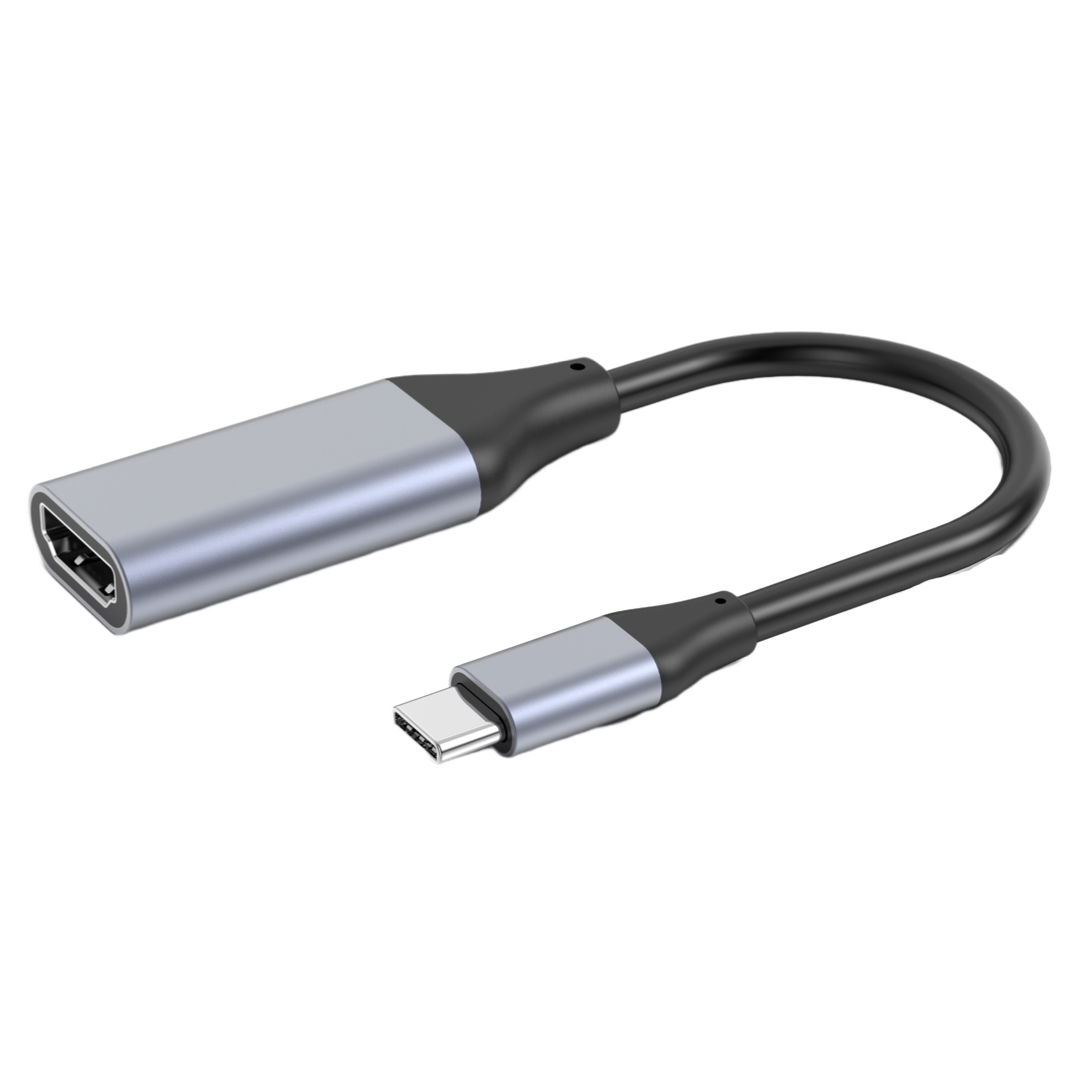Are all Type-C hubs the same?

In today's digital age, Type-C hubs have become an essential accessory for many tech-savvy individuals. With their ability to expand the limited ports of modern devices, Type-C hubs have gained popularity. However, it is crucial to understand that not all Type-C hubs are created equal. In this article, we will delve deeper into the various factors that differentiate Type-C hubs, ensuring you make an informed choice when selecting the right one for your needs.
1. Connectivity and Ports
One of the primary differentiating factors among Type-C hubs is the range of ports and connectivity options they offer. While some hubs provide basic connectivity such as USB-A, HDMI, and SD card slots, others go beyond by incorporating Ethernet ports, VGA ports, and additional USB-C ports. It's important to identify your specific requirements and choose a hub that caters to your connectivity needs.
2. Power Delivery
Type-C hubs differ in their power delivery capabilities. Some hubs support pass-through charging, allowing you to charge your host device simultaneously while using the hub. On the other hand, certain hubs may have limited power delivery or no charging capability at all. Understanding the power requirements of your devices and considering the power delivery options of the hub is crucial when making a decision.
3. Data Transfer Speeds
The speed at which data can be transferred is another crucial aspect to consider. Different Type-C hubs offer varying data transfer speeds. While some hubs support USB 2.0 speeds, others provide USB 3.0, USB 3.1, or even Thunderbolt 3 compatibility. If you frequently transfer large files or work with high-resolution media, opting for a hub with faster data transfer capabilities would significantly enhance your workflow.
4. Build Quality and Design
The build quality and design of Type-C hubs vary greatly among different manufacturers. Some hubs are made with premium materials like aluminum, providing durability and a sleek appearance. Others may compromise on build quality, resulting in a less reliable product. Assessing the build quality and design of the hub ensures you choose a product that can withstand daily use and complements your device aesthetically.
5. Compatibility and Operating Systems
Compatibility is a vital factor to consider when purchasing a Type-C hub. Some hubs are designed specifically for certain operating systems, such as macOS or Windows, while others are universally compatible. Additionally, compatibility with specific devices and hardware configurations should be taken into account to prevent any potential compatibility issues.
Unlocking the Potential of Type-C Hubs
In conclusion, Type-C hubs are not all the same. The features and capabilities of these hubs vary significantly depending on the manufacturer and model. By considering factors such as connectivity options, power delivery, data transfer speeds, build quality, and compatibility, you can select a Type-C hub that perfectly suits your needs and enhances your overall digital experience. So, rather than assuming uniformity, delve into the world of Type-C hubs and unlock their true potential.



